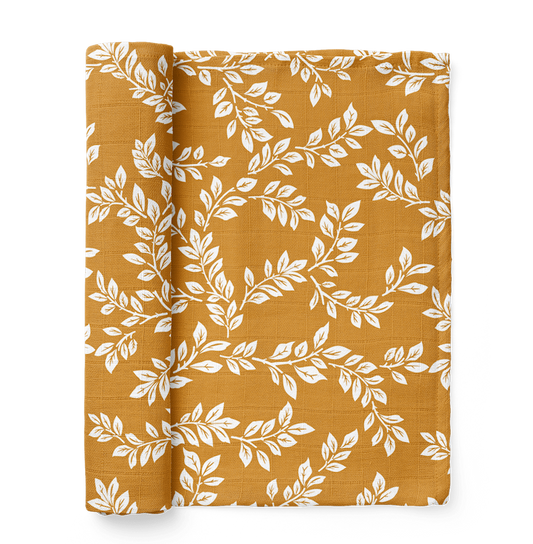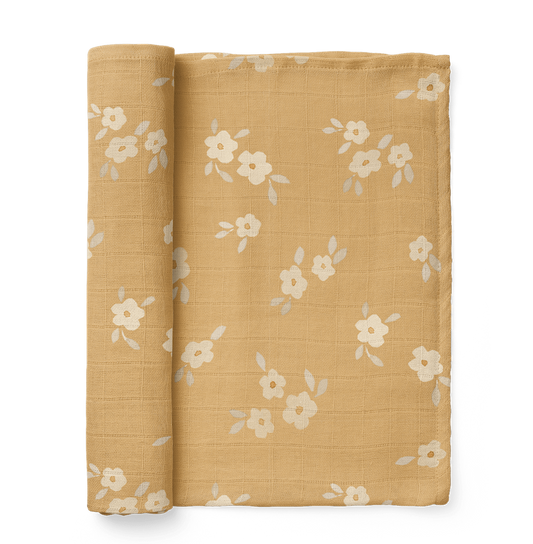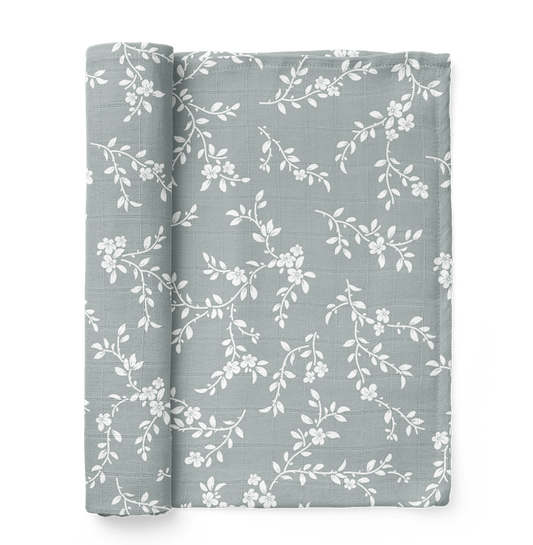Introduction:
Having a baby is a wonderful experience, but it's not always easy. One of the most challenging parts of parenthood is dealing with the teething process. Teething can last a long time, and it could be months before you see a tooth. Unfortunately, it’s a painful process for babies and we feel every bit of discomfort you feel as parents.
It's tough to watch your little one in pain, but there are ways you can help soothe your teething baby. So don’t worry, we’ve got you covered! Read on below to read an essential guide on what to do when babies start teething, teething symptoms, home remedies for teething babies, and many more.
What Is Baby Teething?
You may have noticed that your baby has suddenly been chewing on everything in sight—from toys to your fingers and drooling constantly. This is because they're teething!
Teething is a natural process that typically starts around 4 months old, but some could start as late as after 12 months. The bottom incisors (bottom front teeth) are usually the first to set forth, at around 5 to 7 months. The top incisors (top front teeth) tend to come through at about 6 to 8 months.
Teething can last a long time and can be frustrating for both you and your baby: they'll be uncomfortable and fussy, and you'll have to deal with a lot of drool. They may also have trouble sleeping or eating well during this time, so try to make sure they get plenty of rest and stay hydrated.
Don't worry though—there are ways to make it easier for both of you!
What Are Baby Teething Symptoms?
You may notice a few signs that your baby is teething:
-
Your baby may be cranky, cry more, or be more irritable than usual.
Teething is a process that happens when a baby's tiny teeth push through its gums. It's usually painful for them, and it can cause them to cry or be cranky, which isn't necessarily a bad thing. They're just letting you know it's time to get them off their feet and give them something to chew on. They may also have trouble sleeping or eating, which can make for a long day for both of you.
-
Your baby may drool more than normal and chew on their fists.
To help soothe their gums and help relieve any discomfort, babies will often drool more when they're teething. When this happens your baby may be more fussy and irritable. The discomfort of teething can keep babies from being able to sleep well at night, so try rocking them gently while they fall asleep or help them find a position that feels good on their sore gums.
You may notice, too, that your little one is less interested in playing with toys and seems to prefer being held. This is because babies are very sensitive to pain, so when they're teething it can cause them to become irritable and uncomfortable.
Tips For Helping Your Teething Baby
Teething doesn’t have to always be a tough time for babies and parents alike. The best way to help them through this difficult time is by providing them with several different options so they can choose what works best for them.
This includes both physical and emotional comfort measures like holding them close at any given moment during the day.
Here are some of our favorite tips for helping you and your baby through this difficult phase:

Final Takeaway
It's hard to see your baby in pain, but we hope this guide has helped you understand what teething is and how to help your baby while they grow their teeth. If you have any questions or concerns, just reach out!
We hope you’ve found this guide helpful. Remember, if your baby is showing signs of teething pain and all the organic, home remedies we stated above need more support, it’s best to contact a pediatrician or dentist for advice.
FAQs
What helps a teething baby at night?
Help your baby get into a deep sleep so nothing startles them awake. The best way to do this is to try swaddling them while keeping the room dark and turning on a white noise sound machine so nothing can wake them accidentally. Sometimes the only thing that helps is your love and comfort. If you can, try taking turns with your partner to hold and comfort your baby through the night.
When do you start brushing babies' teeth?
You should start brushing your baby's teeth as soon as they start cutting. This is usually around 6 months of age, but it can vary depending on the child and how fast they grow.
Once your baby has teeth, it's important that you clean them gently and regularly. You will form healthy habits with your baby by adding this to their nighttime routine.
When do babies get teeth?
First of all, don't worry if your baby doesn't start teething right on schedule. Teething isn't something that happens at the same time for every child. Some babies get their first tooth at seven months, while others won't get theirs until they're two years old. If your child still doesn’t show teething symptoms at 12 months, it may be the time to bring them to the dentist.
Do babies get fevers when teething?
Babies can have a variety of symptoms when they're teething, including fever, diarrhea, and even a decreased appetite. If your baby is teething and has a mild fever, it's not a concern. However a fever above 102°F can be dangerous for a baby under 6 months old, so it's essential to take action quickly.





